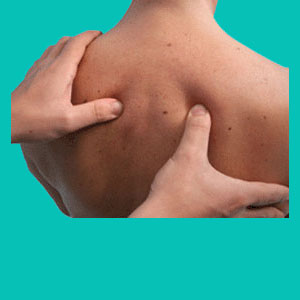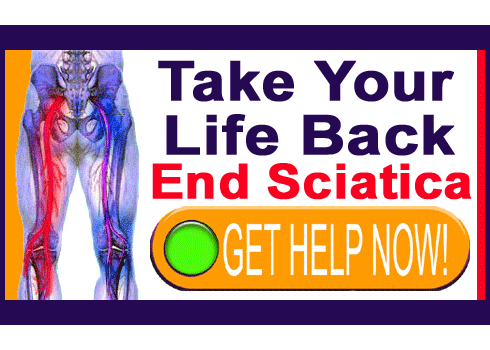
Herniated disc Rolfing is one of the many applications for this massage-oriented complementary healing art. Although Rolfing does not traditionally address herniated discs directly, some diagnosed patients find marked relief using the therapy system. While this cited efficacy is great news for the patient, the statistics provide ever more evidence that herniated discs are not the actual source of suffering in most back and neck pain victims.
Patients who have been diagnosed with a herniated disc, and find lasting, complete relief from Rolfing, can be virtually assured that their diagnostic theory is incorrect. Rolfing is a soft tissue massage therapy which will do nothing at all to resolve actual disc pain concerns. After all, treatment does not work on the spinal anatomy. Rolfing can merely treat the surrounding soft tissues, such as the muscles and fascia.
This discussion provides an overview of Rolfing, as a back and neck pain therapy, but focuses on its targeted use for intervertebral herniations.
What is Herniated Disc Rolfing?
Rolfing is a method of deep-tissue and fascia massage, as well as an approach to anatomical alignment, using a vertical line as the ideal model for the human form. Rolfing therapy is designed to assist a person in attaining improved posture and functionality by eliminating binding muscular and fascial tissue concerns.
Rolfing was invented and subsequently organized into a comprehensive treatment system in the 1950s, by Ida Pauline Rolf. She was a biochemist who was looking for a cure for her own injuries and used her personal experience to create the Rolfing therapy method.
Currently Rolfing is one of the most widespread and popular forms of deep-tissue body work in the world. It is used to treat a staggeringly-wide range of problematic health issues, both directly and indirectly.
Herniated Disc Rolfing Facts
Most Rolfing practitioners will not actively treat herniated discs, since their practices do not involve manipulation of the spinal structures. However, many care providers will treat disc pain patients with traditional Rolfing methods, since it is well known that many intervertebral protrusions are misdiagnosed as the real source of chronic back or neck pain.
Some dorsalgia patients do not find Rolfing to be helpful, regardless of whether their pain has been correctly diagnosed or not, while others enjoy temporary or even lasting relief.
Rolfing is extremely focused on the idea that problematic tissue attachments to the fascial layer are the actual cause of many symptomatic conditions. Almost without exception, treatment concentrates on manipulating the fascia, often being very painful for the patient to endure.
The idea that Rolfing, or any superficial therapy, can influence an actual intervertebral herniation goes against all scientific facts. However, when asked if Rolfing can successfully treat herniated disc pain, some practitioners will still answer in the affirmative. This fallacy can come about due to patients being labeled incorrectly as suffering from a coincidental herniation or may simply be the result of financial motivations.
In both cases, the problem affects far more therapy choices than just Rolfing. In fact, many treatments claim wonderful results with disc-pain sufferers just to make money or simply because the patient is actually suffering from some other variety of pain that is not related to an innocent disc abnormality.
Regardless, patients are cautioned to learn the limitations of treatment and make informed decisions before acquiescing to ongoing care with a Rolfing practitioner.
Rolfing for Herniated Disc Care
The good thing about herniated disc Rolfing is that it is generally a finite treatment program. Most practitioners recommend a ten session therapy program and subsequent evaluation. This refreshing break from continuing care limits the financial risk to the patient. In this respect, I commend Rolfing providers.
Additionally, since many diagnosed herniated discs are proven to be coincidental to symptoms experienced, Rolfing seems about as good a choice for symptomatic pain relief as any other approach. In fact, since the therapy is all-natural, noninvasive and non-pharmaceutical, Rolfing gets high marks as an enlightened treatment for idiopathic back or neck pain.
If you suspect that your pain may be due to soft tissue issues, despite a diagnosis of herniated disc, then you might consider trying this unique massage and postural alignment approach. You have little to lose, except the monetary cost and you might just enjoy some much needed relief. Contact a local Rolfing provider for details on treatment.
Herniated Disc > Herniated Disc Treatments > Herniated Disc Rolfing





